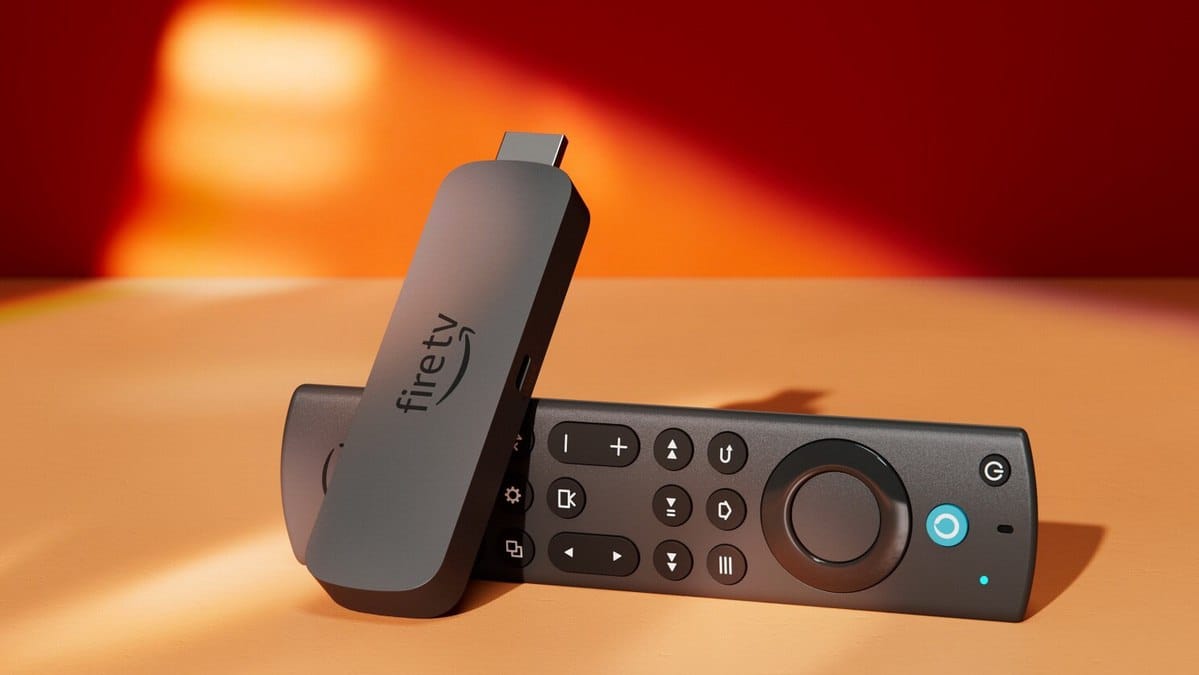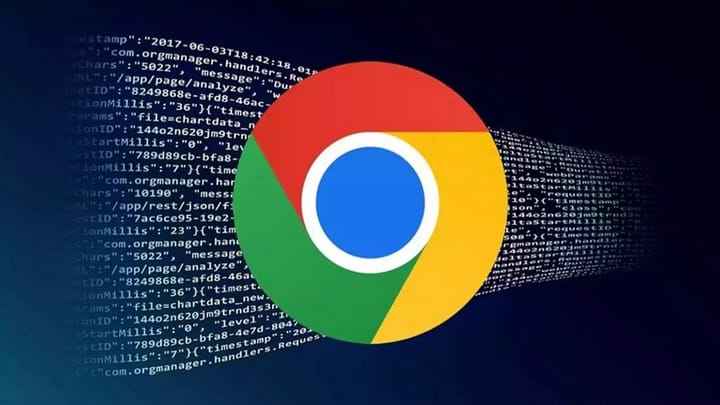Amazon Launches Device-Level Blocking System for Pirated Fire TV Applications

Amazon has announced plans to block unauthorized applications directly on Fire TV Stick devices, marking a significant shift in the company's anti-piracy strategy. The new measures target modified Fire Sticks used for accessing pirated movies, television series, and sports broadcasts without payment.
Background: The Sideloading Practice
For years, Fire TV Stick users have employed sideloading—the practice of installing applications from sources outside Amazon's official Appstore. Many of these third-party applications provide access to pirated streaming services that deliver premium content without proper licensing or payment. While Amazon has maintained strict application review processes for its official store, pirated apps installed through sideloading have operated without direct intervention until now.
The New Blocking System
Amazon developed this blocking mechanism in partnership with the Alliance for Creativity and Entertainment (ACE), a global anti-piracy coalition. The system will affect all Fire TV devices, including older models. After receiving a firmware update, these devices will prevent pirated applications from launching.
According to Amazon, this measure serves two purposes: protecting content creators' intellectual property rights and shielding users from security risks. Pirated applications frequently contain malware, spyware, or other malicious code that compromises user data and device security.
How the Blocking Works
The technical implementation represents a departure from traditional network-based blocking methods. Amazon's system operates at the operating system level, not the network level. This distinction is critical: the Fire TV device itself will identify and disable unauthorized applications before they can execute.
In my opinion, this approach is more effective than previous anti-piracy measures. Users have historically circumvented network-based restrictions using Virtual Private Networks (VPNs) to mask IP addresses, bypass geographic restrictions, and hide streaming activity from internet service providers. However, VPNs cannot defeat OS-level blocking because the restriction occurs on the device itself, before network traffic comes into play. The application simply won't launch, regardless of your network configuration or VPN status.
The Vega OS Factor
These anti-piracy measures align with Amazon's broader platform transition. Newer Fire TV models, including the Fire TV Stick 4K Select, ship with Vega OS—a replacement for the Android-based Fire OS that powered previous generations.
Vega OS represents a more closed ecosystem that significantly restricts third-party software installation. Per Amazon's design, users will only be able to install applications from the official Amazon Appstore. This architectural change eliminates the primary vector for pirated application distribution on Fire TV devices.
Security Implications
Beyond copyright protection, this blocking system addresses legitimate security concerns. Pirated streaming applications pose several risks:
- Malware distribution: Unauthorized apps often bundle trojans, keyloggers, or ransomware alongside streaming functionality
- Data harvesting: Many pirated apps collect user credentials, viewing habits, and payment information for sale or exploitation
- Botnet recruitment: Compromised devices can be incorporated into distributed denial-of-service (DDoS) attack networks
- Man-in-the-middle attacks: Malicious apps may intercept network traffic to steal sensitive information
These risks affect not just individual users but entire home networks. A compromised streaming device can serve as an entry point for attackers targeting other connected devices, including computers, smartphones, and smart home systems.
Industry Context
Amazon's move reflects broader industry trends toward platform-level content protection. Streaming device manufacturers face pressure from content creators, distributors, and rights holders to prevent unauthorized access. Furthermore, legal liability concerns motivate companies to implement stronger anti-piracy controls—devices used primarily for copyright infringement can expose manufacturers to lawsuits and regulatory action.
The partnership with ACE demonstrates coordinated anti-piracy efforts across the entertainment industry. ACE members include major studios, streaming services, and content networks that have lost substantial revenue to piracy. By working directly with device manufacturers, these organizations address piracy at the source rather than attempting to shut down individual pirated services (a perpetual game of whack-a-mole).
User Impact
For users who rely on sideloaded applications for legitimate purposes—such as open-source media players, custom interfaces, or regional applications unavailable in Amazon's store—these restrictions create friction. The closed nature of Vega OS limits user control and customization options that Android-based systems traditionally provided.
However, Amazon's primary concern is clearly preventing piracy rather than supporting edge-case legitimate use. The company has chosen platform security and content protection over user flexibility, a trade-off that reflects current industry priorities.
Looking Forward
This blocking system will likely roll out through automatic firmware updates over the coming months. Users with existing pirated applications may find them disabled after their devices update. Furthermore, the transition to Vega OS on new devices means future Fire TV models will have these restrictions built into their core architecture from day one.
In my experience covering anti-piracy technology, determined users often find workarounds for new restrictions. However, OS-level blocking combined with a closed platform architecture creates significant barriers. Unlike network-based blocks that VPNs can circumvent, hardware and firmware-level restrictions require much more sophisticated bypass techniques—typically beyond the capabilities of average users.
Practical Recommendations
If you rely on Fire TV devices for streaming content:
- Review your installed applications and remove any from untrusted sources
- Keep your device firmware updated to receive security patches alongside these new restrictions
- Use only official streaming services with proper licensing for the content you watch
- Consider the security risks of pirated applications, which often compromise device and network security
- If you require applications unavailable in Amazon's store, evaluate alternative streaming platforms with more open ecosystems
Bottom Line
Amazon's device-level blocking system represents a significant escalation in anti-piracy efforts for streaming devices. By implementing restrictions at the OS level and transitioning to the more closed Vega OS platform, the company is effectively ending the era of modified Fire Sticks for pirated content access. While this approach raises questions about user control and device ownership, it addresses real security concerns and protects content creators' rights. Users should expect similar measures from other streaming device manufacturers as the industry continues prioritizing content protection and platform security.


